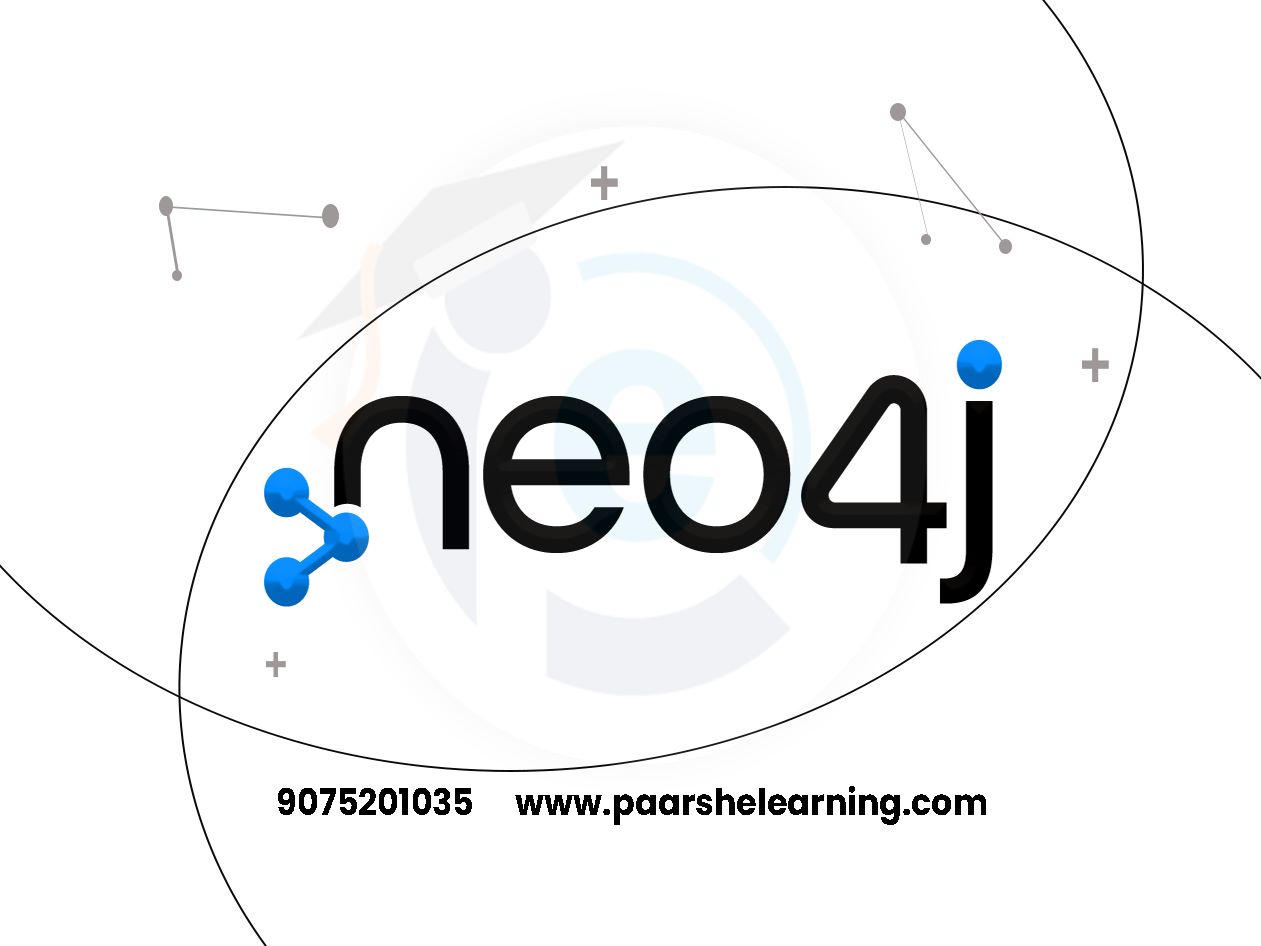- This Course is including installation, SQL syntax, database design, querying, administration, and performance optimization. It serves as an excellent starting point for beginners and provides in-depth knowledge.
- "The Complete SQL Bootcamp with PostgreSQL" and "PostgreSQL Database Administration (DBA) for Beginners." These courses cover PostgreSQL fundamentals, SQL queries, database administration, and optimization techniques.
- "Learn SQL Basics for Data Science" or "Advanced SQL for Data Scientists." These courses cover SQL fundamentals, database design, and querying using PostgreSQL.
PostgreSQL
Course description
PostgreSQL is a powerful open-source object-relational database management system (ORDBMS) known for its reliability, extensibility, and advanced features. It provides a robust platform for storing, managing, and manipulating structured data. Here are some key aspects to know about PostgreSQL:
-
Relational Database: PostgreSQL follows the relational model, organizing data into tables with rows and columns. It supports ACID (Atomicity, Consistency, Isolation, Durability) properties and enforces data integrity through constraints, primary keys, foreign keys, and unique constraints.
-
SQL (Structured Query Language): PostgreSQL supports SQL, the standardized language for managing relational databases. It provides a rich set of SQL commands and features for data manipulation, querying, indexing, and administration.
-
Data Types and Extensibility: PostgreSQL offers a wide range of built-in data types, including numeric, string, date/time, JSON, arrays, and more. It also supports user-defined types and allows you to define custom data types to handle specific requirements.
-
Advanced Features: PostgreSQL includes advanced features such as support for complex queries, subqueries, window functions, Common Table Expressions (CTEs), full-text search, and geospatial data processing. It also supports stored procedures, triggers, and user-defined functions written in various programming languages.
-
Concurrency and Transaction Handling: PostgreSQL provides robust concurrency control mechanisms, allowing multiple users to access the database simultaneously while ensuring data consistency. It supports multi-version concurrency control (MVCC) and provides various isolation levels for transactions.
-
Performance and Scalability: PostgreSQL is designed for high performance and scalability. It includes features like indexing, query optimization, parallel execution, and support for partitioning and replication, enabling efficient handling of large datasets and high traffic.
-
Extensions and Ecosystem: PostgreSQL has a vibrant ecosystem with a wide range of extensions and add-ons that extend its functionality. These extensions provide additional features like advanced indexing, full-text search, GIS capabilities, and integration with other technologies.
-
Community and Documentation: PostgreSQL has a strong and active community that provides comprehensive documentation, tutorials, mailing lists, forums, and user groups. The community-driven development ensures regular updates, bug fixes, and new features.
PostgreSQL is widely used in various industries and applications, including web applications, enterprise systems, data warehouses, geospatial databases, and more. Its flexibility, reliability, and feature-rich nature make it a popular choice for projects of all sizes.
What you will learn from this course?
This course includes!
- Daily Live session
- A recorded session with problem-solving material
- Access on Mobile and TV
- Certificate of completion
- Recommendation Letter
This course is for
- Is anyone interested in learning more about SQL, PostgreSQL, or fundamental data analysis?
- Anyone interested in data analysis
- Anyone who wants to learn about database and data management systems
Prerequisites for this course
- Basic Computer Knowledge
Postgresql Syllabus
-
Introduction To Relational Databases And Postgresql
Understanding relational databases and their advantages Introduction to PostgreSQL and its features Setting up PostgreSQL: installation, configuration, and basic usage Overview of SQL and data manipulation languages
-
Data Definition Language (ddl) In Postgresql
Creating and managing databases and tables Data types, constraints, and keys in PostgreSQL Indexing and optimization for table design Introduction to views and materialized views
-
Data Manipulation Language (dml) In Postgresql
Inserting, updating, and deleting data Querying data using SELECT statements Filtering, sorting, and joining tables Subqueries and complex queries in PostgreSQL
-
Advanced Query Techniques And Functions
Advanced query techniques: GROUP BY, HAVING Using aggregate functions for data summarization Common table expressions (CTEs) and window functions User-defined functions and stored procedures in PostgreSQL
-
Data Retrieval And Reporting
Using the PostgreSQL COPY command for bulk data loading Exporting data to various formats using pg_dump and pg_restore Generating reports with SQL queries Introduction to data visualization tools with PostgreSQL
-
Joins, Relationships, And Performance Optimization
Understanding relationships between tables Different types of joins: INNER JOIN, LEFT JOIN, etc. Self-joins and multiple joins in complex queries Normalization and denormalization concepts in PostgreSQL Indexing strategies and query performance optimization
-
Data Integrity, Transactions, And Concurrency Control
Ensuring data integrity with foreign keys and constraints Introduction to transactions and ACID properties Managing transactions using COMMIT and ROLLBACK Isolation levels and concurrency control in PostgreSQL
-
Postgresql Administration And Real-world Applications
User and privilege management in PostgreSQL Backing up and restoring PostgreSQL databases PostgreSQL performance tuning and monitoring Real-world use cases of PostgreSQL in web applications, analytics, etc. Students work on individual or group projects applying PostgreSQL to specific domains Final project presentations and evaluations
-
Encourage hands-on practice and projects throughout the course to reinforce students' understanding of PostgreSQL concepts. Depending on the goals of the course, you can emphasize different aspects of PostgreSQL, such as database design, querying, administration, optimization, or integration with other technologies. Make sure to cover both the theoretical foundations and practical implementation of PostgreSQL.




